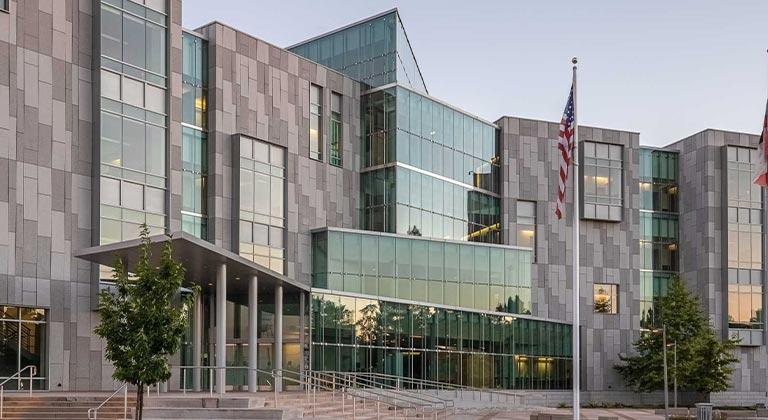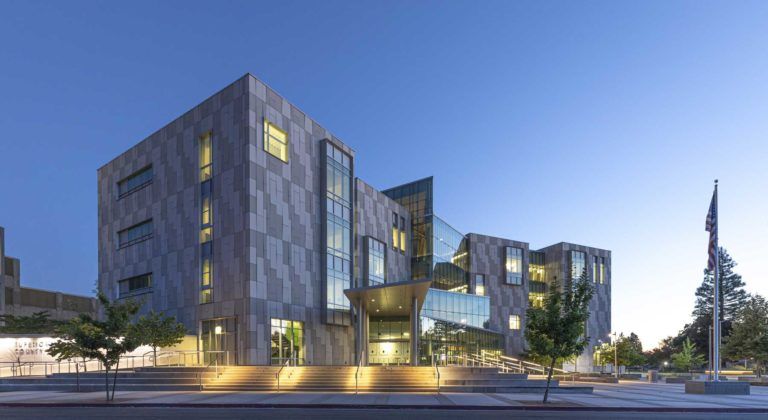
Energy efficiency is a top-of-mind issue for many real estate developers and building owners, both for its environmental and financial benefits.
For building owners and developers, cost is often the primary motivation for implementing efficient technologies. According to energy.gov, commercial buildings spend nearly $200 billion each year on energy. The more energy-efficient a building is from its first day of operation, the lower utility bills will be for the long haul, which can amount to enormous savings over time — especially for large commercial developments. Additionally, federal and state governments often offer tax incentives and other financial support for a variety of ‘green’ building practices. From a financial standpoint, outfitting construction projects with energy-efficient materials and technologies is generally a sound investment.
Yet while cost may be the driving factor for many building owners, it’s just one reason that energy efficiency matters. More and more, companies that lease or buy commercial office space are concerned with their environmental footprint. Climate change stewardship has become part of many corporate mission statements and as such, companies are making choices that are hugely influenced by how those choices will impact the current and future natural environment.
The top three contributors to a building’s energy usage are lighting, climate control (both heating and cooling), and heavy industrial processes. Glass windows can have a significant impact on the first two out of those three factors due to their transparent properties, letting in light and heat at a far greater degree than more solid materials. The quality and quantity of glass installed in a commercial building can ‘make or break’ its potential for efficiency, especially in large commercial high-rises that are covered in glass curtain wall. This article introduces the various glass technologies that help to optimize the material’s ability to control interior environments, and details how these technologies support energy-efficiency on micro and macro levels.
How Glass Energy Efficiency is Evaluated
Energy efficiency is not a new consideration in glass and glazing. In fact, the glass industry has been evaluating its products based on their energy-saving performance for decades. There are three factors by which glass efficiency is judged:
1. Insulating Performance
Also known as the “U-factor,” insulating performance indicates how well a type of glass keeps solar heat inside. A low U-factor means that there is less heat loss. In a cold, dark external environment, this helps the building retain heat from the sun, which helps reduce the degree of artificial heating required from the building’s HVAC system. However, in a warmer, brighter environment, a low U-factor could increase the energy needed to cool a building to a comfortable temperature.
2. Solar Heat Gain Coefficient
The inverse of insulating performance is solar heat gain coefficient (SHGC), which indicates how much solar heat is kept out. The better a SHGC, the cooler a building’s interior will stay, even on a sunny day. While this supports efficiency in sunny areas, it could increase heating needs in cooler, darker locations.
3. Visible Light Transmittance
Visible Light Transmittance, or VLT, is perhaps the most self-explanatory of these three factors. VLT simply indicates how much visible light is transferred through a window. More light coming in during the day means fewer lights being used and therefore lower energy costs.
Choosing a type of glass that meets a building’s specific energy efficiency needs means finding the right balance of these three measurements.
Taking Climate Into Account
Climate can play a huge role in choosing the right glass for a building. In sunny Southern California, there tends to be more emphasis on finding glass that will let in sunlight without turning a new office into an oven. While the U-factor is also a consideration, it tends not to be as important in Los Angeles as it would be in Minneapolis. Natural elements are also a consideration in determining the right VLT for a particular project, since typically overcast climates may want to ensure as much natural light as possible is filtered in, which can be less important when sunny days are abundant.
Energy-Efficient Glass Coatings
The coating used on architectural glass is the largest contributing factor to how energy efficient that piece of glass is. Different types of coatings impart different benefits.

Low-E Coatings
Low-emissivity coatings or “Low-E” coatings are one option for glass with a lower U-factor and SHGC but a high VLT rating. An e-coating is a thin layer of metal or metallic oxide that can filter UV and infrared radiation but still allow visible light to pass through. The Madera Courthouse in Madera, CA is one Giroux Glass project that used Low-E coatings on all of its glass. This type of coating allows the building to be filled with natural light while insulating the building from heat and cold.

Smart Glass
Smart glass is a term that can refer to a range of glass brands that change dynamically depending on outdoor conditions or user preference. A variable tint allows maximum light in when desired, while blocking harsh glares and maintaining interior comfort.
For example, Giroux Glass partnered with SageGlass on the Los Angeles restaurant 71Above. The smart glass we installed for that project dramatically reduces energy demand by blocking up to 91 percent of solar heat, while still allowing patrons of the sky-high restaurant to fully experience breathtaking views of the city.
By investing in glass that offers maximum energy efficiency for their specific project, developers are able to exponentially reduce costs while also reducing demands on our planet.
